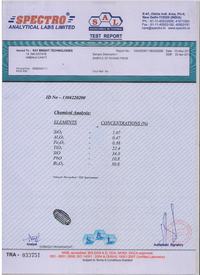pranaych
Junior Member level 1

The schematic shows the "bobina" as though it were a coil or transformer. I'm not sure I can see the coil. It looks like you have a triangular piece of metal with a short piece of coaxial cable connected to it. But, there is also something white between the cable and the triangular piece. What is the white thing? Can you get a close-up photo?
An important test you can perform is this; see if the material of the disk is magnetic. If it isn't, then it isn't ferrite.
I've attached a couple of pictures of a piezoelectric ultrasonic transducer. You'll notice how much it looks like what you have. The silver coating on the flat surfaces is an electrode. I've soldered a couple of wires to mine.
- - - Updated - - -
I notice that the schematic shows a couple of 20 kilovolt capacitors; can you post a picture of those capacitors?
Actually this piece of metal is sandwiched between two these circular discs,ill give the pic tomorrow morning.Our system works even if we have one circular disc i don't have any picture of the capacitor as it is moulded.It is not magnetic,so its not ferrite.Its some kind of stone when we break it its like a ferrite but ferrite cannot be coated by any material on top.Do let me know if you require any other information.
Regards,



